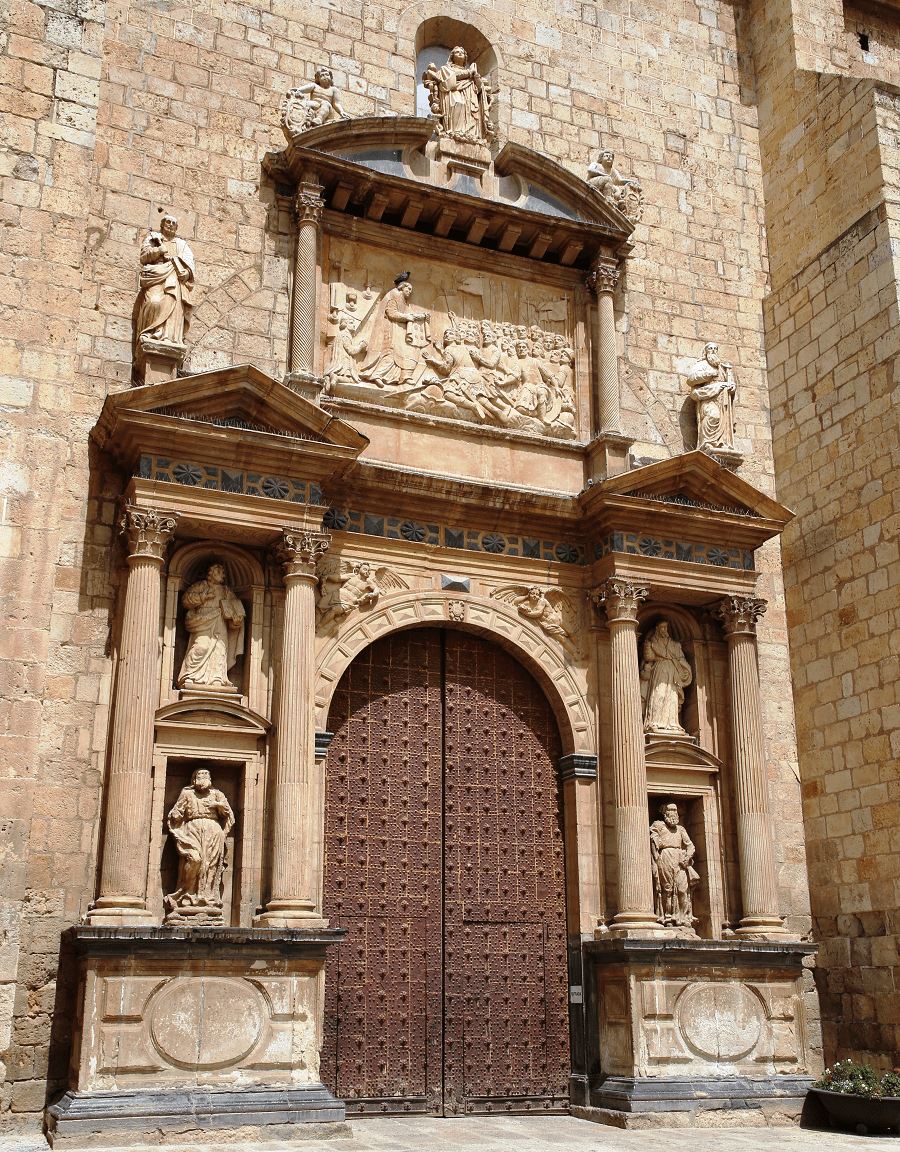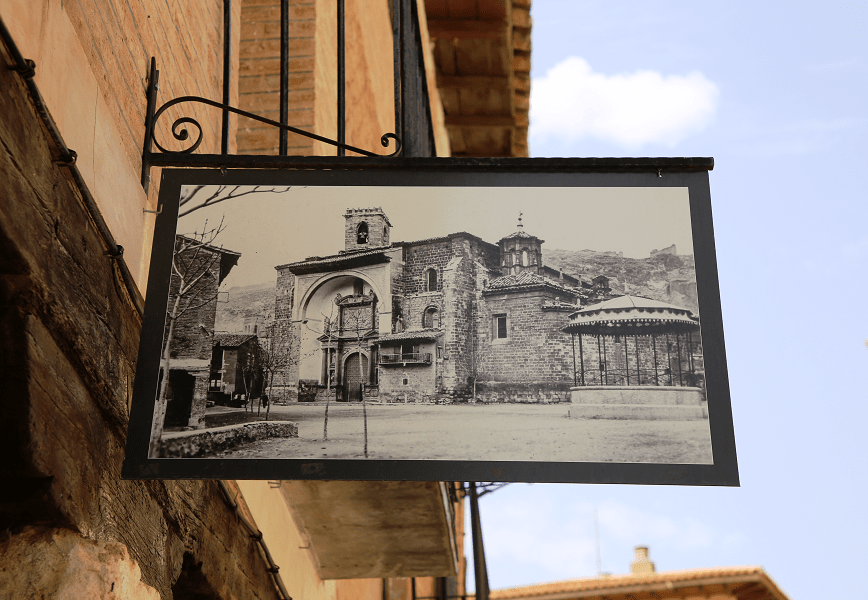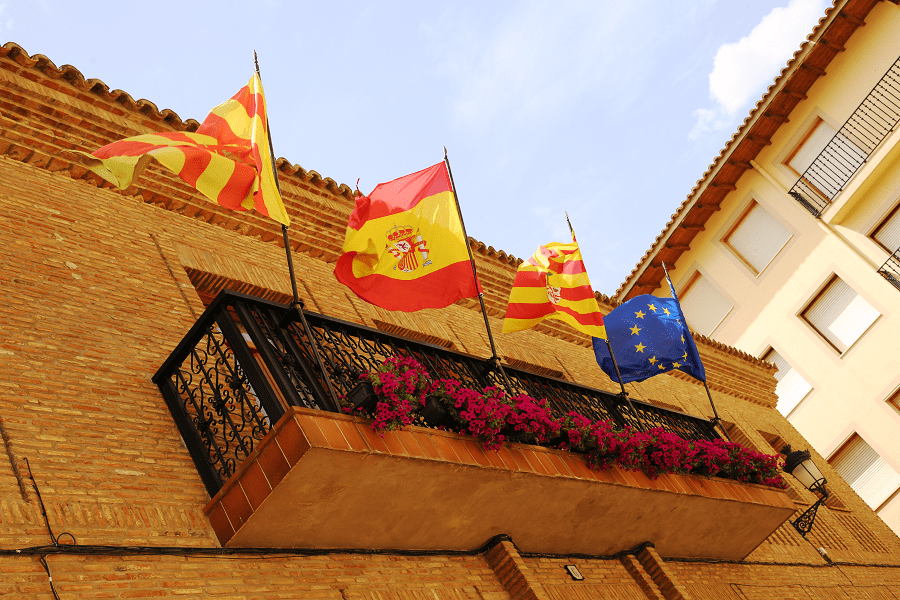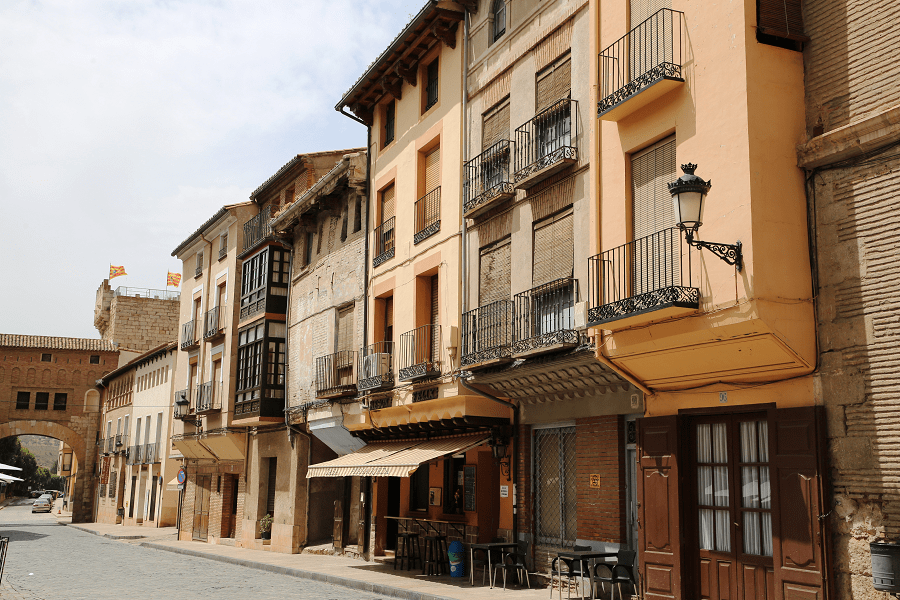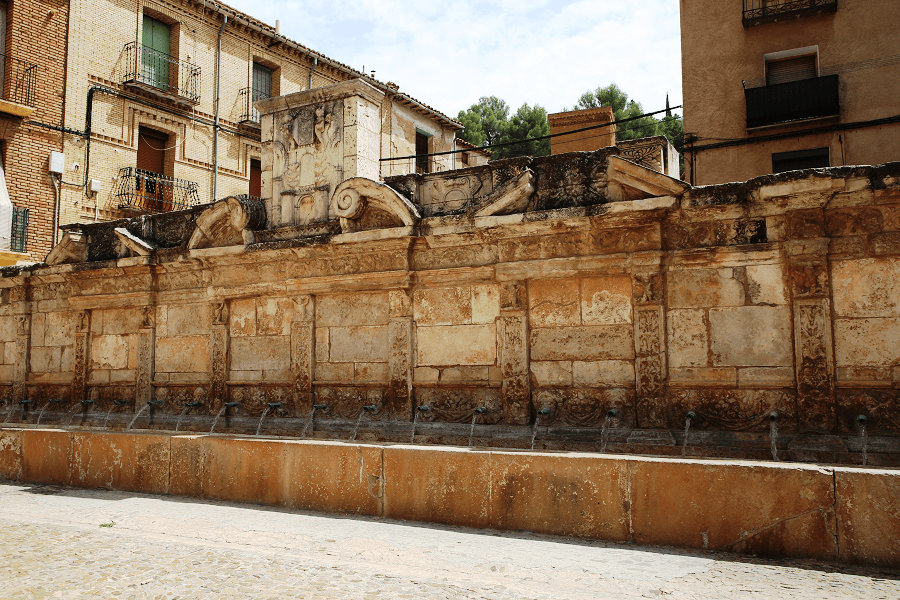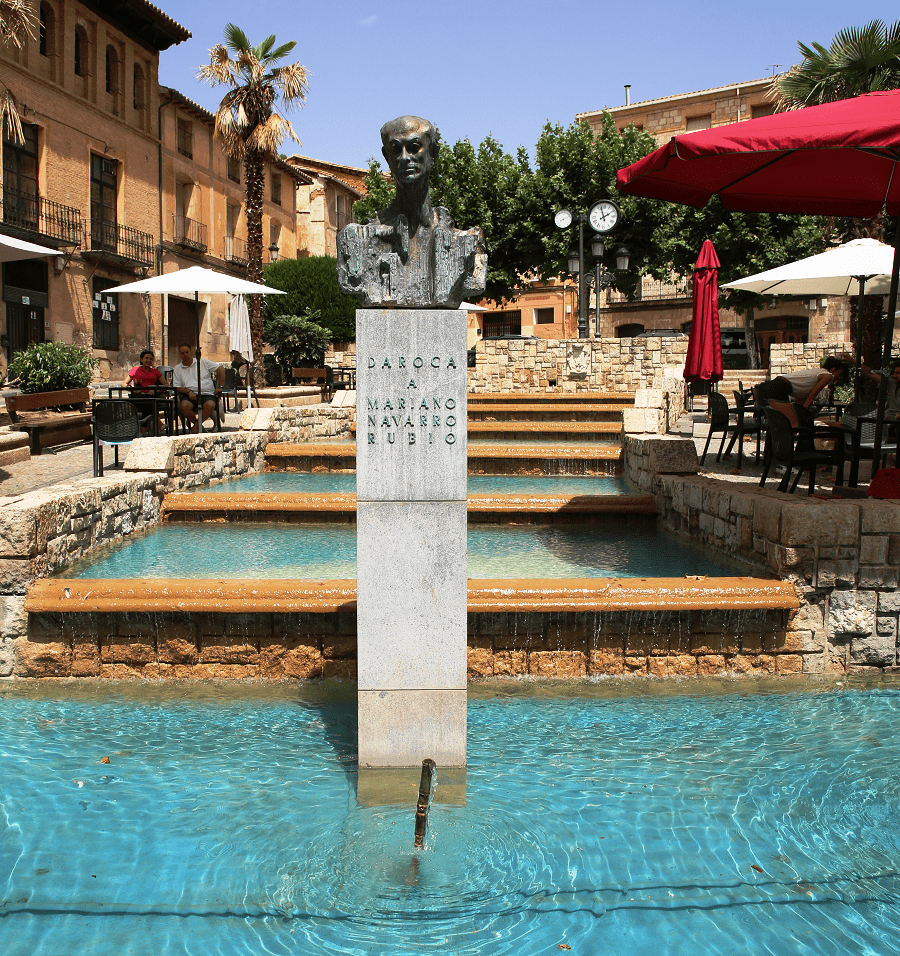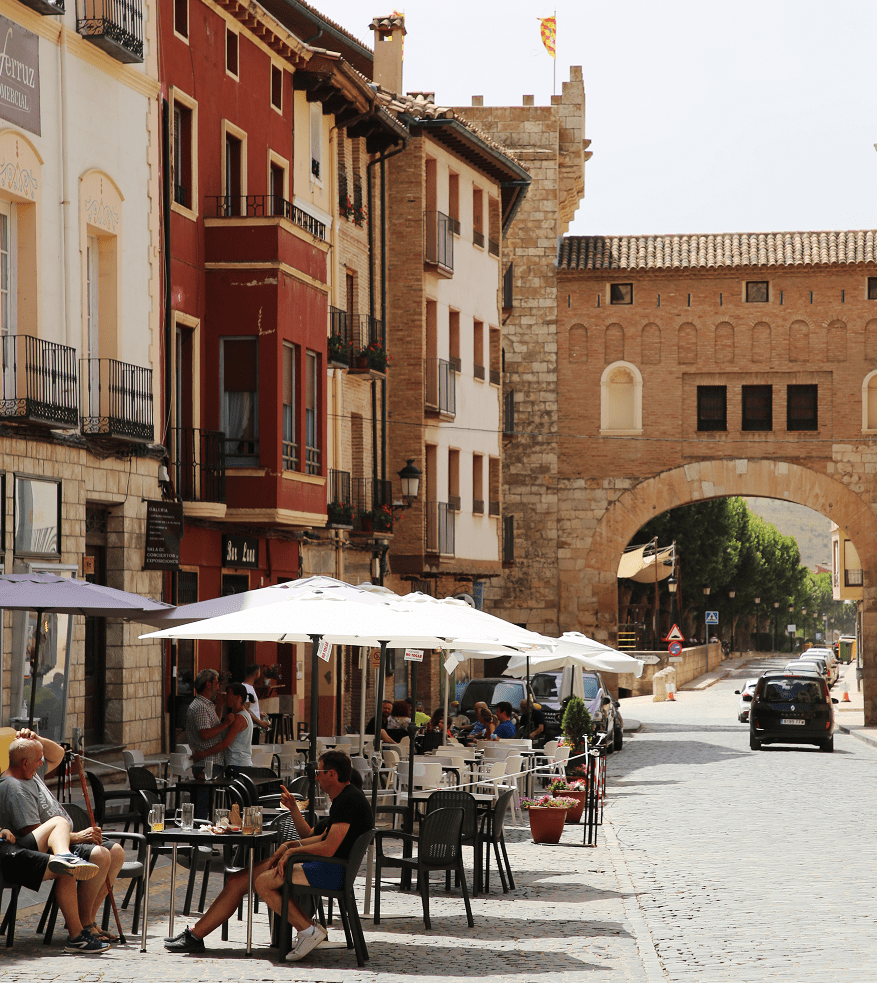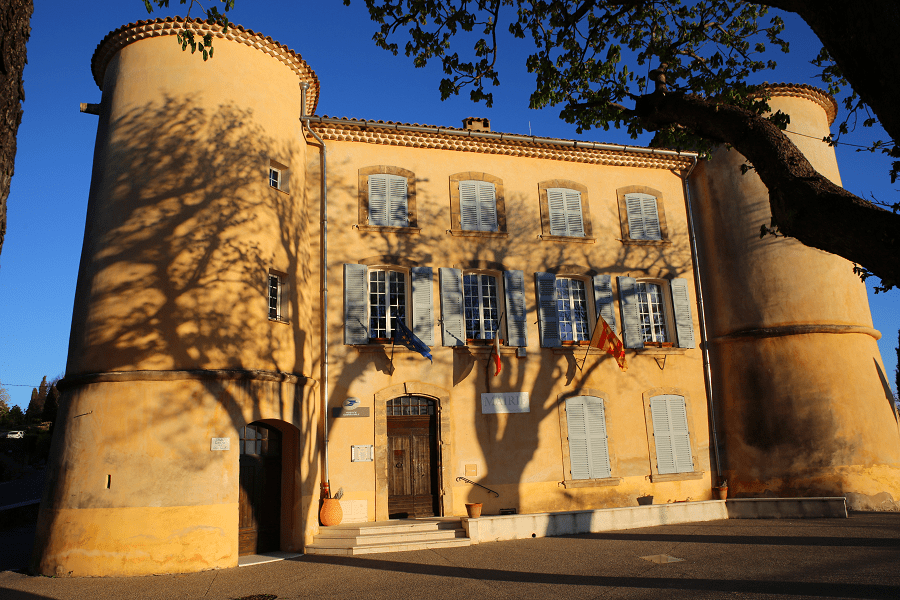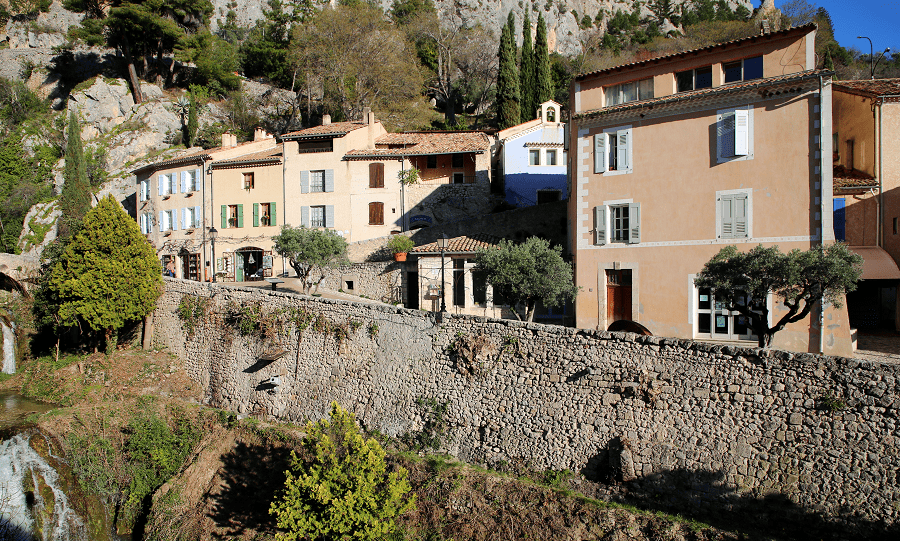Daroca is a city and municipality in the province of Zaragoza, community of Aragon, Spain. It is the center of a judicial district. It is located in the basin of Calatayud.
Tourism and main attractions
The walls of the city were a very important work of engineering that ran, both through the city, and through the surrounding mountains and fields. They had a length of four kilometers, along which 116 towers were arranged, 14 of them large, thus being one of the largest in all of Spain, behind those of Ávila and Lugo.
Main towers:
Torre de San Cristóbal or Torre del Andador;
Tower of the Knight of the Spur;
Torre de la Carretería;
The four gates of the walls (Puerta Baja, Puerta Alta, Portal de Valencia and Puerta del Arrabal).
Major Castle (Muslim palace) started in the 9th century and finished in the 11th century with the construction of the Castillo Mayor. It constitutes the main fortification of the defensive enclosure of the city. The central part is occupied by a construction with a rectangular plan, very altered, with towers with a quadrangular plan, marked in plan and masonry rigging.
Basilica of Santa Maria de los Sagrados Corporales has been considered a basilica since 1890. The building (12th-16th centuries), begun in the Romanesque style, was modified and expanded in successive centuries given the importance it acquired as a depository of the relic of the Sagrados Corporales, which is kept in the chapel of the same name, where its altarpiece “jubé” (15th century) stands out. Important are its organ (15th-16th centuries), the Baroque High Altar (17th century) and the Parish Museum.
The church of San Juan Bautista (12th-13th centuries), was built on the foundations of an old mosque. Much restored inside, it maintains the original apse, declared a Site of Cultural Interest for being the first preserved example of the transition from Romanesque to Aragonese Mudejar. A remarkable element is its multi-lobed arch.
The church of San Miguel Arcángel (12th-13th centuries), is the purest example of Romanesque art, declared a Site of Cultural Interest. The mural altarpiece (14th century) stands out in its interior. A deep restoration eliminated the baroque decoration that covered ceilings and walls, respecting the choir (16th century) and the Heredia Chapel (17th century).
The church of Santo Domingo de Silos (12th-13th centuries). After the damage suffered in a fire in 1735, the old temple survives the Romanesque-Gothic apse and the tower, declared a Site of Cultural Interest for being the earliest example of Mudejar. Rebuilt in the 18th century in the Baroque style, the church changed its orientation and placed the choir on the old altar.
The source of the twenty pipes, is one of the few examples of the monumental fountain conserved in Aragon. It was built in 1639, years later than the works carried out on the Lower Gate which it accompanies to configure a triumphal entrance to the city.
The mine (1555-1560), is one of the most important public works of the 16th century in all of Europe. It is a long tunnel 600 meters long, 6 meters wide, and between 7 and 8 meters high that crosses the Cerro de San Jorge, right next to the city of Daroca.
How to get to?
From Zaragoza 57 min (85.9 km) via A-23
From Madrid 2 hr 55 min (271 km) via A-2
Main information
Area: 52 sq. km (municipality)
Coordinates: 41°06′47″N 1°25′01″W
Population: 1965
Languages: Spanish
Currency: Euro
Visa: Schengen
Time: Central European UTC +1




